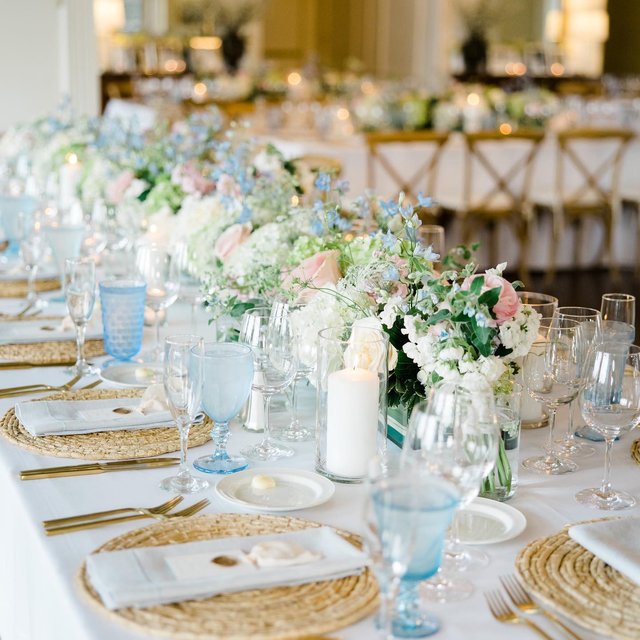Bed Linen Material Developments: Exploring Modern Trends and Creative Applications in Design and Fabric Market
From sustainable manufacturing techniques to sophisticated weaving innovations, the evolution of bed linen is improving the landscape of the fabric market. As we dig into the worlds of imaginative layout applications and the emergence of bed linen blends and crossbreed materials, a new phase unravels in which linen's duty in future fabric developments takes center phase.
Sustainable Practices in Bed Linen Production
Sustainable techniques in bed linen manufacturing have ended up being progressively critical in the textile industry's initiatives to lessen environmental influence and promote ethical sourcing methods. Bed linen, a natural fiber derived from the flax plant, supplies a variety of advantages such as biodegradability, toughness, and breathability. Nevertheless, traditional methods of bed linen production can include significant water usage, pesticide usage, and energy-intensive processes.
To attend to these challenges, lots of fabric producers are taking on sustainable practices throughout the linen production procedure. This consists of sourcing flax from organic ranches that avoid unsafe chemicals and chemicals, implementing water-efficient retting methods to essence fibers from the flax stalks, and making use of green dyes and finishes. Furthermore, some business are spending in eco-friendly energy resources to power their manufacturing centers and reducing waste through recycling and upcycling campaigns.
Technical Developments in Linen Weaving
With the growing emphasis on lasting practices in bed linen manufacturing, the textile industry is currently observing a rise in technical innovations specifically focused on changing the art of linen weaving. These developments are reshaping the way linen materials are generated, providing raised effectiveness, quality, and creative thinking in weaving techniques.
Among the essential technological developments in bed linen weaving is the assimilation of electronic looms. These advanced looms are equipped with software program that enables intricate and intricate designs to be woven with accuracy. By digitizing the weaving process, suppliers can attain greater uniformity and accuracy in their bed linen fabrics.
Furthermore, improvements in thread spinning technology have allowed the manufacturing of finer and even more resilient linen yarns - table cloths. This leads to softer and smoother bed linen textiles that retain their high quality also after numerous usages and cleans
Additionally, the development of environment-friendly dyeing processes and surfaces for linen fabrics is acquiring traction. These lasting techniques not just lower the ecological effect however likewise cater to the boosting consumer demand for morally produced fabrics.
Creative Layout Applications for Linen
Cutting-edge artistic techniques are increasingly shaping the innovative layout applications for linen in the fabric sector. Bed linen's all-natural aesthetic charm and capacity to blend with other materials make it a favored selection for creating one-of-a-kind garments and devices that cater to the ecologically aware customer.
Moreover, developers are explore linen in home design, utilizing its sturdy and breathable nature to craft elegant home furnishings such as drapes, bed linens, and furniture. The appearance and drape of bed linen bring a feeling of class and comfort to interior spaces, including a touch of style to modern homes.

Bed Linen Blends and Hybrid Fabrics

Hybrid fabrics, on the other hand, take the concept of mixing an action additionally by integrating extra elements such as metallic strings, recycled products, or conductive fibers. These ingenious textiles not just increase the style possibilities but additionally present practical aspects like conductivity, antimicrobial homes, or enhanced resilience. Crossbreed materials are increasingly being made use of in different industries, consisting of fashion, interior decoration, and technological textiles, where the need for multifunctional materials gets on the rise.
Bed linen's Function in Future Fabric Innovations

In the world of future textile advancements, bed linen is expected to be a principal in the advancement of innovative practical textiles. Designers and scientists are exploring methods to enhance linen's integral high qualities via technological improvements, such as incorporating clever fabrics, nanotechnology, and performance finishes. These developments intend to boost bed linen's efficiency attributes, making it appropriate for a wider series of Go Here applications, from activewear to safety clothing.
Moreover, the combination of linen with other natural or artificial fibers opens countless opportunities for developing unique fabrics website link with one-of-a-kind residential properties and capabilities. By leveraging bed linen's features and discovering cutting-edge blends, the textile market is poised to introduce amazing developments that deal with evolving consumer needs and sustainability needs.
Verdict
To conclude, the exploration of sustainable techniques, technical innovations, innovative design applications, bed linen blends, and its duty in future fabric developments highlight the continuous advancement of bed linen material in the modern-day style and fabric market. With a concentrate on technology and imagination, the flexibility and environmentally friendly nature of bed linen make it an important product for makers and designers alike, leading the way for additional developments and improvements in the area of textiles.
As we dig right into the worlds of imaginative layout applications and the emergence of bed linen blends and crossbreed fabrics, a new chapter unravels in which bed linen's duty in future fabric developments takes center stage.
Discovering the fusion of linen with other fabrics has led to the introduction of cutting-edge blends and crossbreed textiles in the contemporary textile market. Bed linen blends use a distinct combination of the attributes of linen with those of other fibers, resulting in fabrics that have improved residential or commercial properties such as increased sturdiness, enhanced draping, and decreased wrinkling.The evolution of bed linen blends and crossbreed materials has set the phase for Bed linen to play a critical role in driving future fabric technologies.In the world of future textile innovations, bed linen is anticipated to be an essential player in the growth of sophisticated functional textiles.